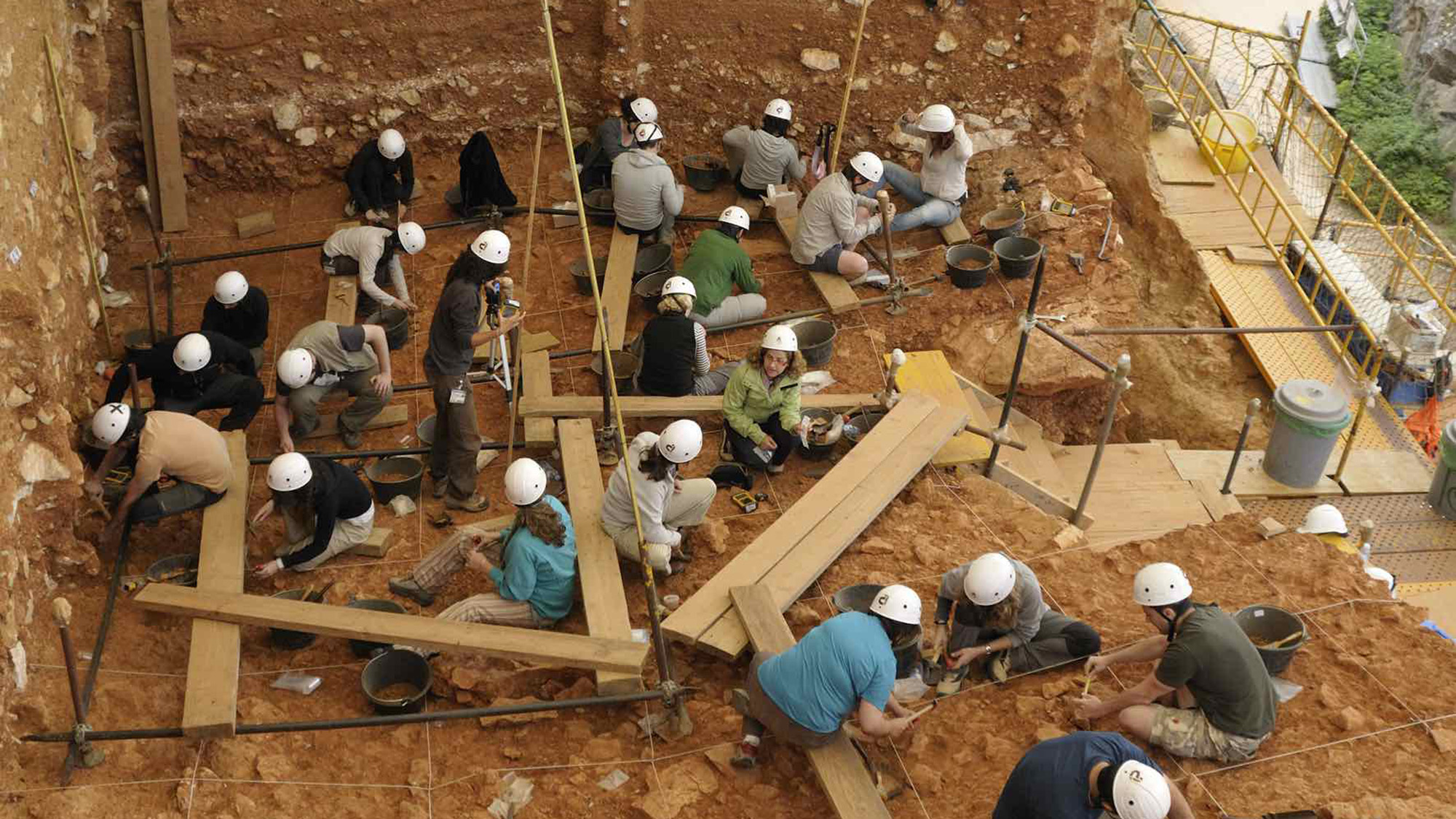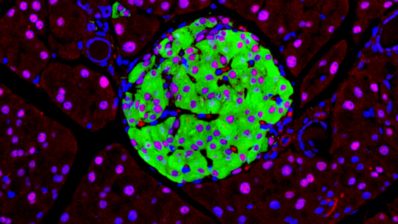Thanks to an interdisciplinary study in which the Proteomics Unit (CRG-UPF) and the Institute for Evolutionary Biology (IBE: CSIC-UPF) have participated, proteins from an 800,000-year-old human fossil, who lived in Europe, has been retrieved for the first time. The analyzed material comes from dental enamel of an Homo antecessor human species. This finding confidently determines the position of Homo antecessor in the human family tree.
Palaeoproteomics, that is, the analysis of ancient proteins with mass spectrometry, made the study possible. This new molecular method enables scientists to retrieve molecular evidence to accurately reconstruct human evolution from further back in time than ever before. Much of what we know so far is based either on the results of ancient DNA analysis, or on observations of the shape and the physical structure of fossils. Because of the chemical degradation of DNA over time, the oldest human DNA retrieved so far is dated at no more than approximately 400,000 years
Ancient protein analysis provides evidence for a close relationship between Homo antecessor, us (Homo sapiens), Neanderthals, and Denisovans, supporting the idea that Homo antecessor was a sister group to the group containing Homo sapiens, Neanderthals, and Denisovans.
The analyzed fossils were found in 1994 in stratigraphic level TD6 from the Gran Dolina cave site, one of the archaeological and paleontological sites of the Sierra de Atapuerca (Burgos, Spain).
In the following years, the exact relation between Homo antecessor and other human groups, like Neanderthals and ourselves, has been discussed intensely among anthropologists. However, new findings in TD6 and subsequent studies have:
- Revealed several characteristics shared among the human species found in Atapuerca and the Neanderthals
- Confirmed that the facial features of Homo antecessor are very similar to those of Homo sapiens and very different from those of the Neanderthals and their more recent ancestors.
Homo antecessor could therefore be a basal species of the emerging humanity formed by Neanderthals, Denisovans, and modern humans.
F. Welker et.al. The dental proteome of Homo antecessor. Nature; Abril 2020. DOI: https://doi.org/10.1038/s41586-020-2153-8






